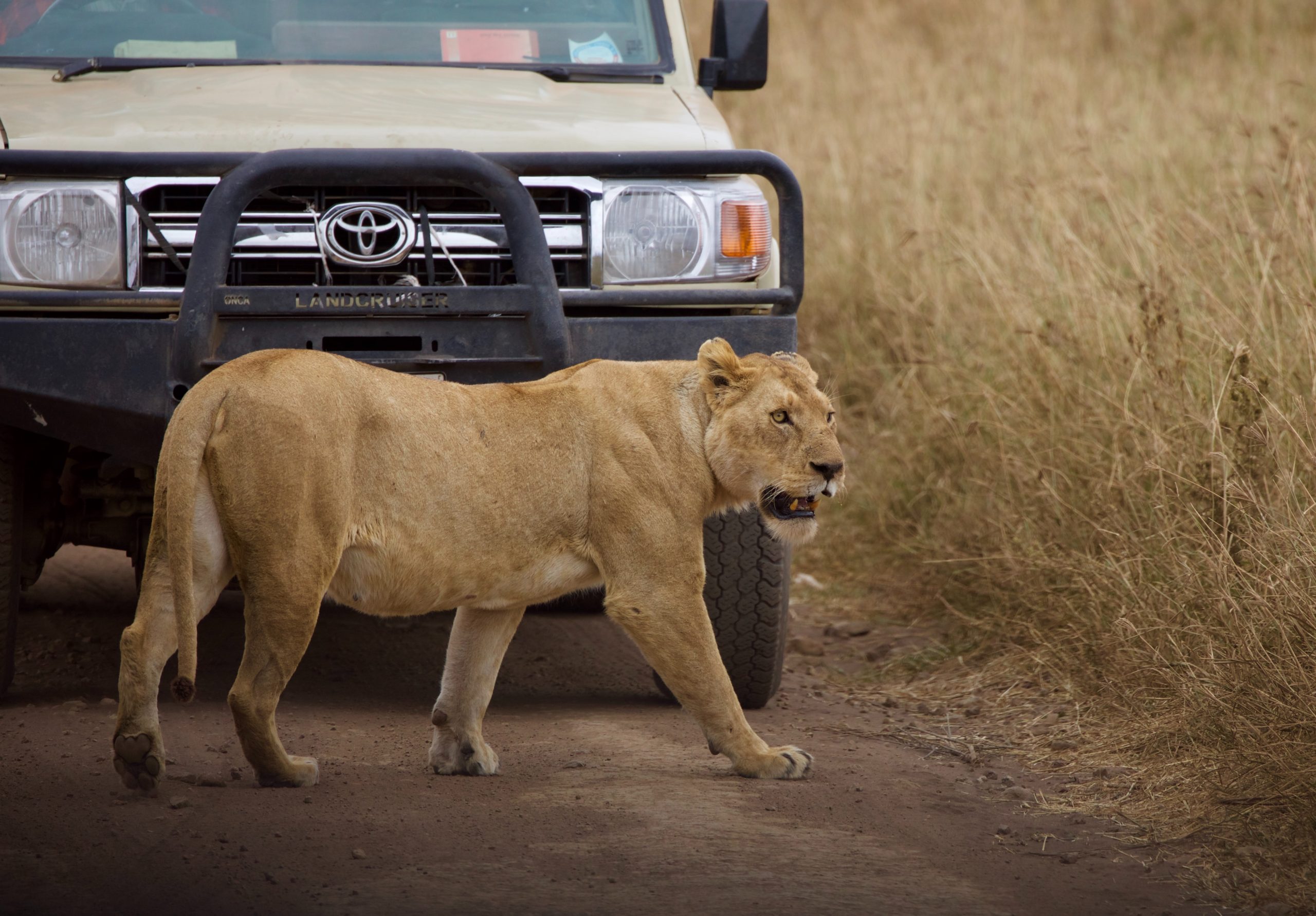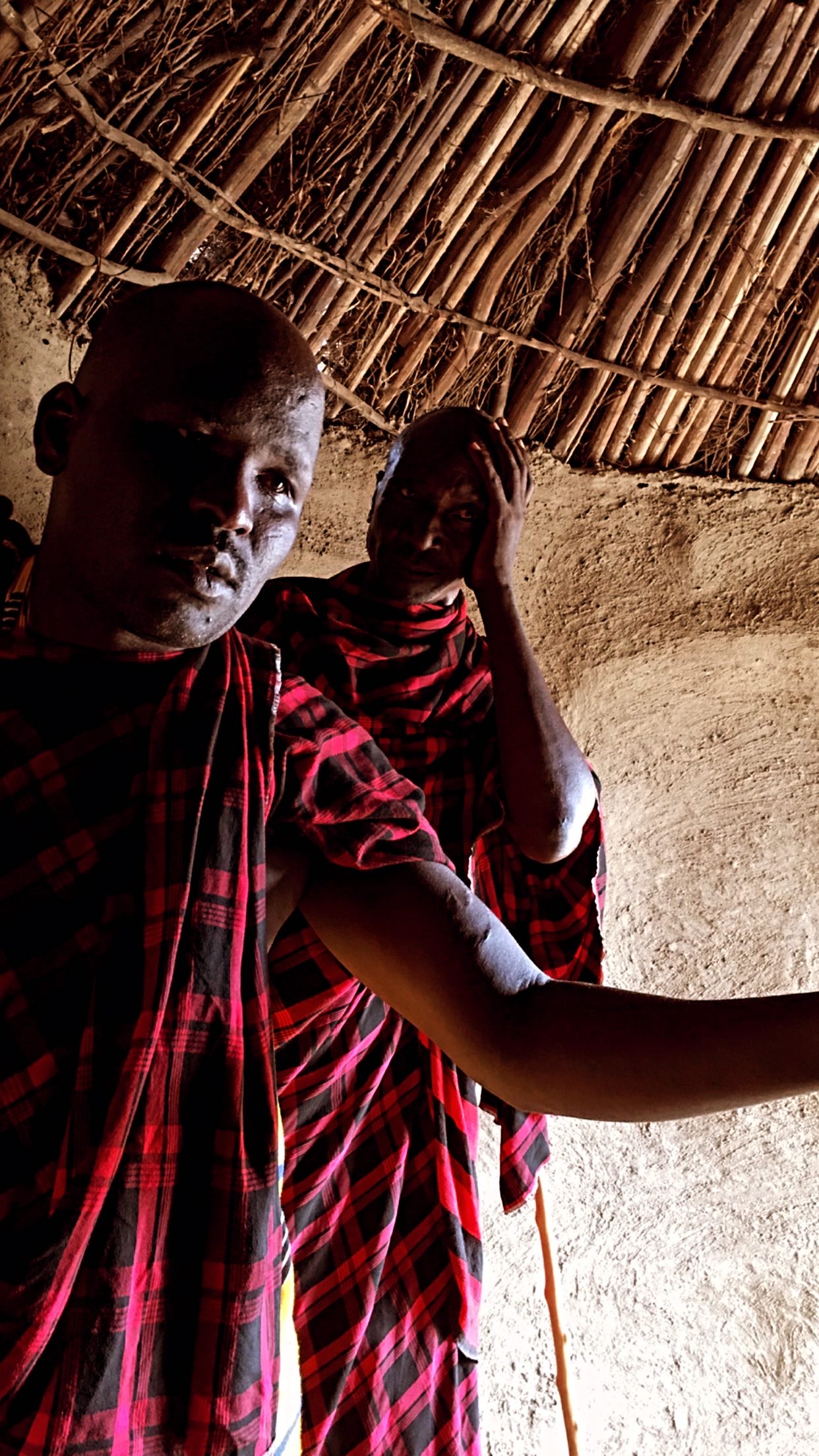What to wear & pack on your Tanzania safari can be intimidating; especially if you’re unfamiliar with the area or its customs. You don’t want to go over-the-top, but at the same time, you don’t want to look like you just rolled out of bed and put on whatever was on the floor. I’ve got your back with this complete guide to what to wear on safari in Tanzania.
When is the best time to visit Tanzania?
Most people head to Tanzania in East Africa to see the natural beauty of the Serengeti, the Great Rift Valley, Ngorongoro Crater, and Mt. Kilimanjaro, which at 19,340 feet is the highest peak in Africa. Because Tanzania’s climate can be unpredictable, you may have a few questions about what to expect in terms of weather when visiting this beautiful country.
January through March are considered to be peak viewing months in Tanzania, although you can spot wildlife year-round. More than 400 species of birds and over 100 species of mammals live within its borders. So if you’re a birder or looking for big game, Tanzania should be at or near the top of your list. These are also ideal times to take safaris because roads remain passable and water levels within national parks stay low enough that visitors don’t damage animal habitats while driving through them. If wildlife watching isn’t what gets your adrenaline pumping, it might still be a good idea to travel during these months due to lower temperatures and humidity; spring rains generally begin in April/May.
What If It Is Raining On The Day Of My Safari In Tanzania?
Although Tanzania has two rainy seasons, you shouldn’t worry about your upcoming safari in case of bad weather. Most safaris take place during September, October and November which are considered dry months in Tanzania. The rainy season lasts from December to March and only brings showers with localized thunderstorms or heavy rainfalls – nothing that you should be concerned about. By planning your trip between June and August, you’ll have plenty of time to enjoy an African sunset even if it rains! Tanzanian baboons love to hang out in trees after it rains as well; they catch free rides down rivers as they flow into Lake Victoria!
WHAT KINDS OF CLOTHES ARE RECOMMENDED FOR SAFARI?

In order to be prepared for anything, it’s a good idea to create a packing list in advance. And by in advance, we mean well before you even think about packing. You’re going on a safari! And while you might think that you can just show up in your street clothes, and you’ll be fine…that isn’t really how it works. Safari clothing is special. Your clothes need to breathe but protect from sunburn; be lightweight enough for you not to get too hot during the day, but also durable enough so they don’t rip as soon as you brush against some branches or scratch at something with your fingernails. To help out with all of that, I want to give you some tips about which kinds of clothes are best suited for an African safari.
RECOMMENDED SAFARI CLOTHING TO BRING
Here’s the basic travel gear to pack before you leave the house:
- Phone charger
- portable phone charger
- Water bottle
- Socks
- Underwear
- Medicines
- clothes / swim gear / trek gear
- walking shoes
- One pair of sandals or flip-flops
- sleeping bag
- toiletry bag
HERE ARE THE TOP THINGS TO BRING WITH YOU ON A SAFARI:
1. SPF Protection
Because safaris occur in open-air vehicles and often include water excursions, you’ll want to be sure your skin is protected from harmful UVA/UVB rays. A good broad-spectrum sunscreen (with SPF of at least 30) is a must. You can also supplement with a sun-protective lip balm or lip gloss that contains SPF. If your expedition involves snorkeling or swimming, bring waterproof sun protection like zinc oxide sunblock or go for a water-resistant option so you don’t have to worry about sweating it off midtrip. And remember, it’s not just UV light you need to protect yourself from in Africa—it’s also exposure to dust, smoke and pollution.
2. Camera accessories
In addition to a camera, you’ll need other equipment that may include binoculars, lenses, a tripod and mosquito repellent. Binoculars are not just for wildlife-watching. You’ll need them if you want close-up views of mountain scenery as well as any animals—big or small—you see along your route. They can also be used in place of or in conjunction with a telephoto lens. You don’t have to invest in top-of-the-line optics; like many other cameras, binoculars come with an adjustment feature that allows you to alter the focus when using them. In terms of lens selection, most safari destinations offer at least one spot where photography is possible: river crossings.
3. Chapstick & Lip Balm
Chapstick/lip balm is a must-have. Not only will it help keep your lips hydrated, but it will also protect them from windburn. The sun can be extremely damaging to lips, so I recommend using chapstick with an SPF of at least 15. If you’re not into wearing chapstick (or if it’s simply too hot for that), try using a tinted lip balm instead! Chapstick makes your lips appear thinner because its color contrasts against your natural skin tone and doesn’t fully cover your lips. Try looking for tinted lip balms in mauve or coral hues that will make you feel like you aren’t wearing any makeup at all—just naturally thick and full lips!
4 What Shoes Are Best For A Safari Trip To Tanzania?
Since you’ll be doing a lot of walking while you’re out on safari; it’s important that your shoes are up for the challenge. Be sure they fit comfortable and look like you can take them from city streets to countryside trails without issue. Many people ask, What are my best shoes for a Safari trip?
The answer is simple. The kind that keep your feet dry and blister free when traveling in and out of game vehicles, walking long distances over rough terrain, keeping your feet cool when it’s hot, and warm when it’s cold. And more importantly still, they must protect you from thorny brush along with protection from insects such as scorpions and snakes as well as large amounts of bacteria if you happen to step in (or fall into) mud puddles! Safari boots have been specifically designed so that they meet all these requirements while still providing comfortability while being worn throughout long days of walking.
Are you ready for a safari? Hope this What to wear & pack on your Tanzania safari will help you organise your next safari in the best condition.



